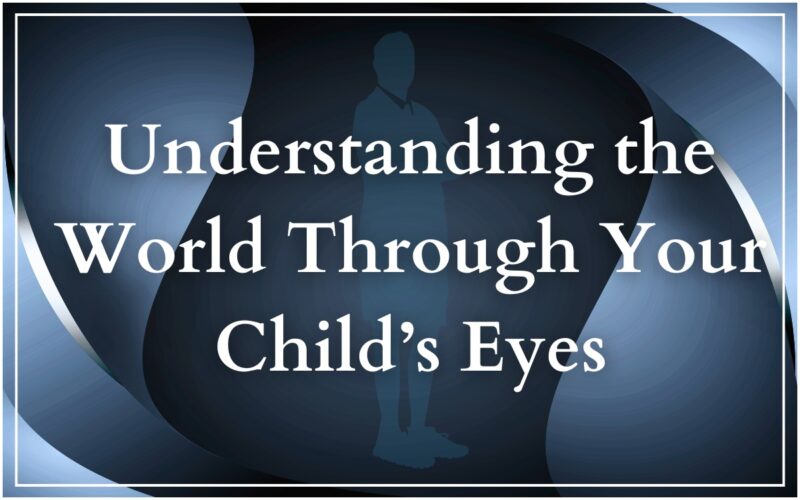The other day I sat down and watch Disney’s adaptation of the classic fable “Henny Penny”. As with most Disney movies, “Chicken Little” takes a basic story framework and adds a deeper emotional meaning that makes it relatable and applicable to all.
In this movie (which I hadn’t seen since becoming a parent), there was an underlying story of trust and misunderstanding between the son and his father – of the son feeling the father did not have his back, did not believe in him. Their confrontation gave me a moment of revelation regarding how I communicate with my son.
I try to be a very encouraging and motivating father, often looking for the best in my kids. But it occurred to me that in the moments of “motivation”, I might just be shaking their confidence in thinking that they’re not enough. If my son sees the lack of faith between an animated character and his dad, could this impact how he takes my guidance and commentary? What else is he seeing or hearing that might be shaking his self-confidence? This was a lesson I wanted to learn.
After taking some time to reflect I got some clarity on a few points to consider.
1. Media Awareness: Seeing the World Through Their Eyes
In today’s digital age, kids are constantly exposed to various forms of media, from television shows and movies to social media and online content. What they watch can significantly impact their worldview, behavior, and emotions. It can also influence how they perceive one of their own experiences. As parents we should:
- Understand Content: Take the time to watch some of the shows or online videos your child enjoys. This will give you a glimpse into the themes and messages that are getting their attention. Whether it’s a cartoon, a YouTube channel, or a movie, understanding the content they consume can provide clues about what interests them and how they perceive the world.
- Identify Influences: Media can shape a child’s values, opinions, and even fears. By knowing what your child is watching, you can identify any negative influences or misconceptions they might be absorbing. Address these issues proactively, and steer them towards healthier, more positive media choices.
- Connect Through Interests: Sharing an interest in what they watch can be a bridge for connection. Discussing their favorite shows or characters can lead to deeper conversations about why they like certain stories or what they think about the messages presented. Kids crave and value your input and validation, even on things that you might think are mundane.
2. Knowing Their Friends (and their friends’ parents)
A child’s social circle, including their friends and their friends’ families, plays a significant role in shaping their values, behavior, and worldview. Understanding these relationships offers key insights into the influences affecting your child. As parents we should:
- Observe Friendships: Pay attention to who your child chooses to spend time with. Are their friends kind, respectful, and supportive? Notice the behaviors, language, and attitudes your child may pick up from their peers. Understanding your child’s friendships gives you insight into the social dynamics that are influencing them.
- Get to Know Their Friends’ Parents: Building relationships with the parents of your child’s friends is equally important. By understanding the values, rules, and parenting styles in their friends’ homes, you can gain valuable context for your child’s experiences.
- Create a Support Network: Forming connections with other parents allows for open communication about the children’s activities, behavior, and any concerns. This network can help reinforce shared values and provide a collective approach to any issues that arise.
3. Having Open Conversations and Unlocking Thoughts
The most effective way to understand your child is through open, honest communication. Conversations are the windows into their inner world, offering you a chance to understand their thoughts, feelings, and perspectives. As parents, we should:
- Create a Safe Space: Encourage your child to share their thoughts and feelings without fear of judgment. Let them know that their opinions matter and that you’re there to listen, no matter what. A safe, open environment builds trust and encourages them to be more open with you.
- Ask Open-Ended Questions: Instead of asking yes-or-no questions, try asking open-ended questions that require more thought and elaboration. For example, instead of asking, “Did you have a good day?” you could ask, “What was the best part of your day?” This approach encourages your child to express themselves more fully.
- Listen Actively: When your child talks, listen actively and give them your full attention. Acknowledging their feelings and responding thoughtfully. Active listening shows that you value what they have to say, which will encourage more open and honest communication.
Monitoring what and who your children are exposed to for their safety and protection is 100% both valid and necessary. It is also crucial to know what your children are watching to help understand how they might see you as a parent. Something may come out in a way you didn’t intend for it to, all because they saw a different child/parent interaction. It’s ok to take some time to look at the world on their level.












